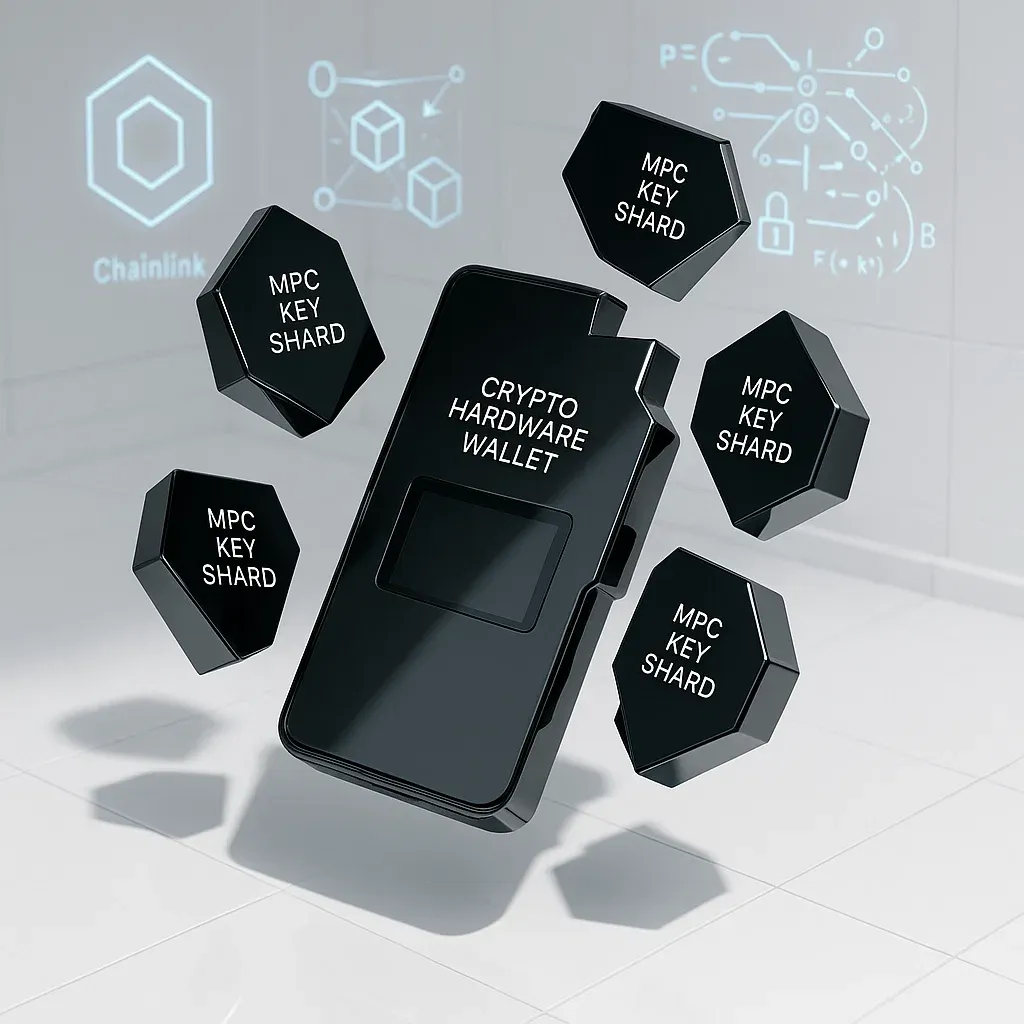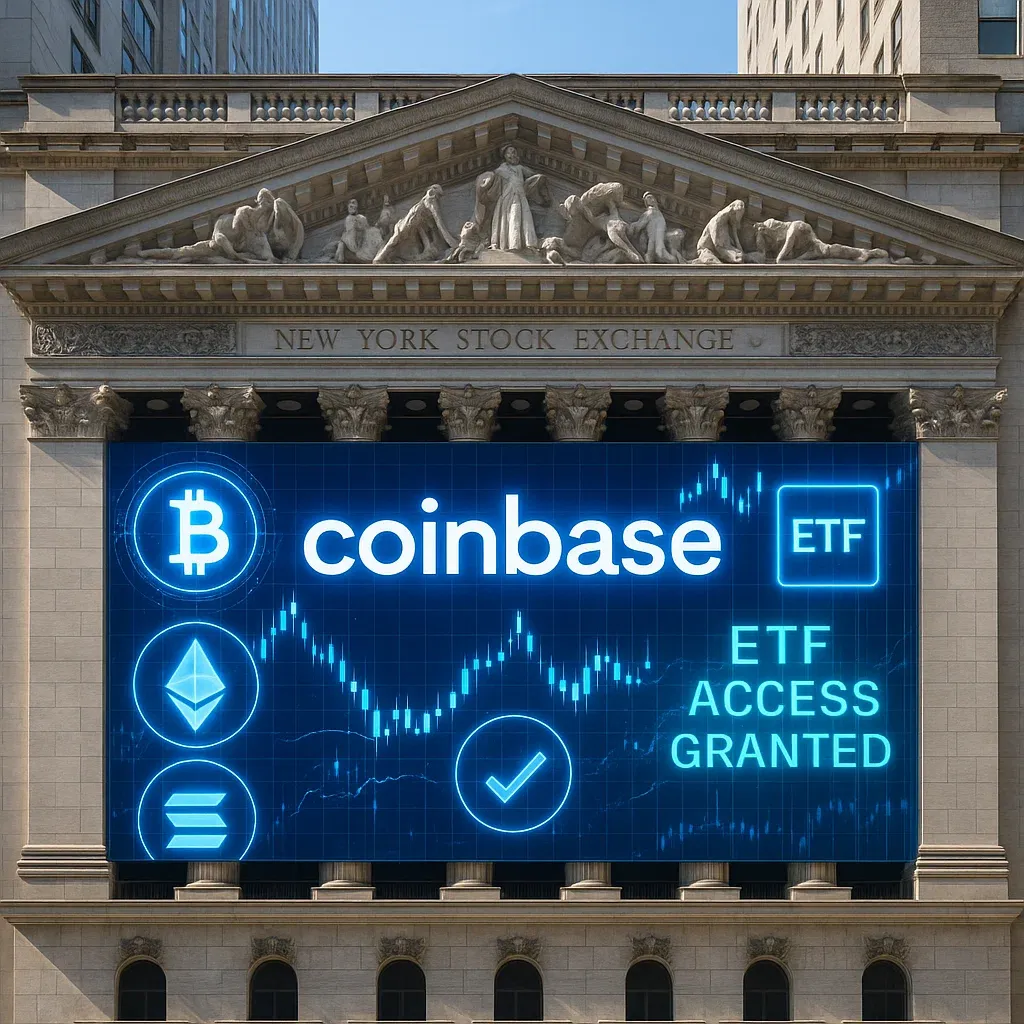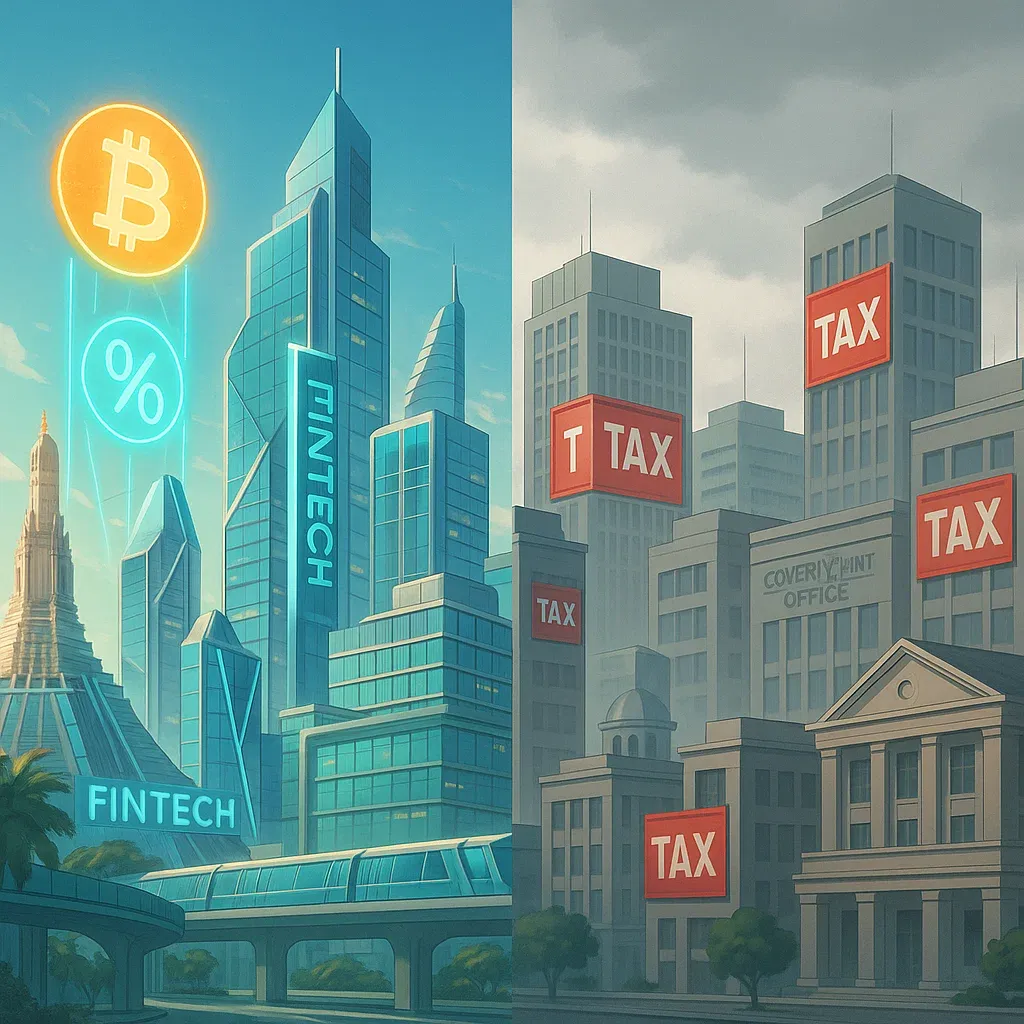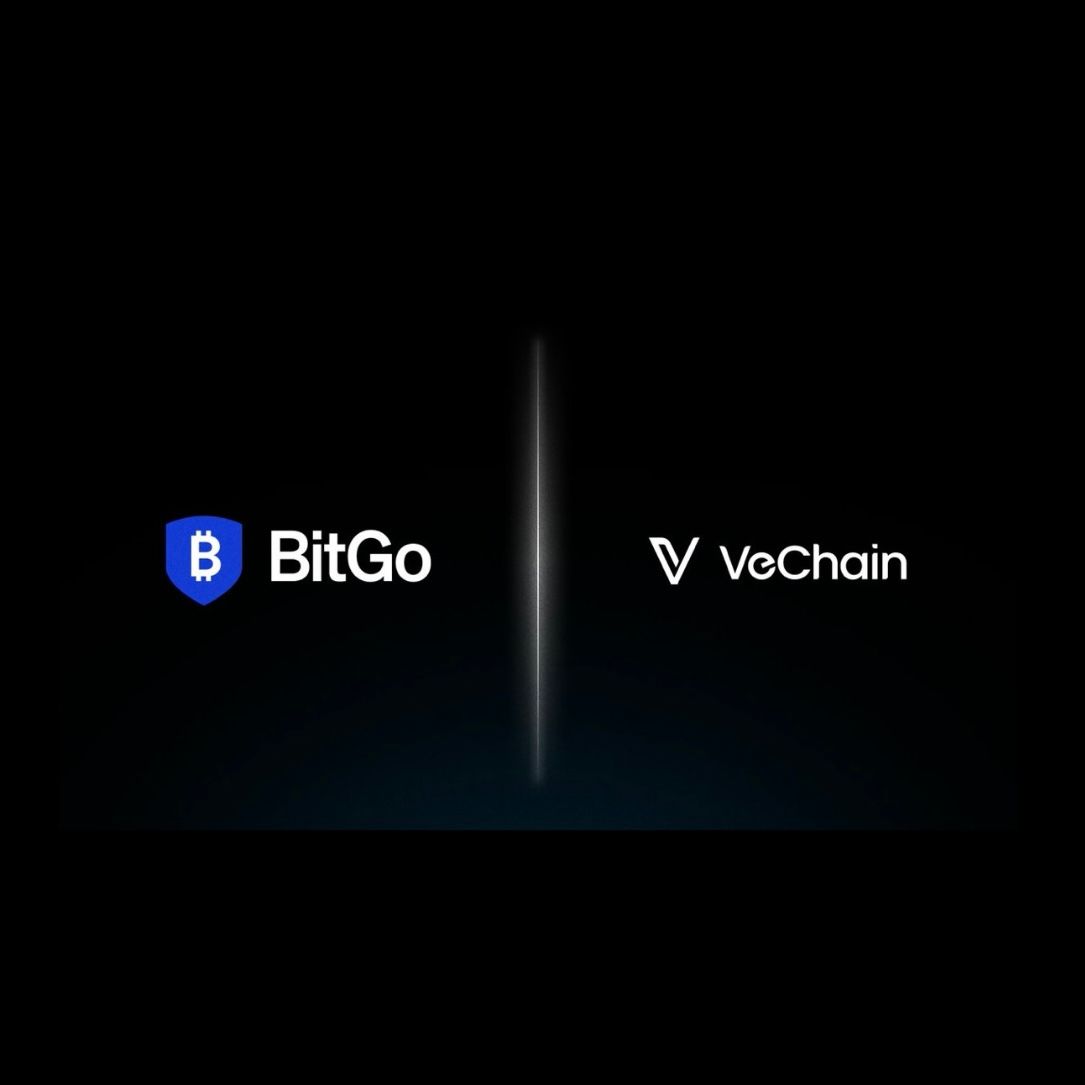Tether Turns Global: Why the U.S. and Europe Are Losing the Stablecoin Race
💥 U.S. and EU Crack Down on Stablecoins — But Tether’s Betting on the Rest of the World
While Western regulators debate stablecoin laws, Tether is making a quiet—but radical—move: It’s building for the next three billion users, not the next three congressional committees.
“Our user base is the unbanked, not Wall Street,” says CEO Paolo Ardoino.
🇺🇸 The U.S. Is Moving Forward — But With Strings Attached
Both the House and Senate are moving to regulate stablecoins under bills like the GENIUS Act, requiring:
- ✅ Full reserve backing in cash or U.S. Treasuries
- ❌ No bitcoin or secured loans as part of reserves
- 🔍 Mandatory KYC/AML compliance
Tether might comply… but it’s not bending over backward for Wall Street. Ardoino hinted at a separate, U.S.-compliant version of USDT—targeted only at institutional clients.
As for JPMorgan, Citi & Co. launching their own tokens?
Tether isn’t worried: “Let U.S. banks fight for the West. We’re building for the rest.”
🇪🇺 Europe’s Red Tape Chokes the Stablecoin Rail
Europe’s MiCA framework was supposed to bring clarity. Instead, it’s delivering headaches.
- 🚫 Issuers must hold 30% of customer funds in banks
- 🏦 That’s not just a compliance rule — it’s a forced subsidy to traditional finance
- 🔄 Worse: it reintroduces systemic risk from banks into crypto-native products
Critics say it violates the original e-money directive, which aimed to open finance—not lock it behind bureaucracy.
Even Mario Draghi thinks Europe is sabotaging its own tech future.
🧪 KYC + Geography = The New DeFi Map
What started as a permissionless movement is becoming geo-fenced, KYC’d, and compliant-by-force.
Across DeFi:
- 🧍♂️ Identity checks are becoming default
- 🛑 Access is being restricted by jurisdiction
- 🔍 Platforms are starting to ask: “Are we legally safe here?”
The open financial rails of yesterday? They’re becoming a gated playground for verified users.
📱 Tether’s Global Play: Phone First, Bank Last
While the U.S. and EU build permissioned walled gardens, Tether’s building for:
- 🌍 Africa
- 🌎 Latin America
- 📲 Southeast Asia
Why?
- 3 billion unbanked
- Mobile-first internet
- Massive demand for dollar-pegged stability outside of dollar-based institutions
Tether’s edge isn’t tech — it’s distribution without borders.
🧠 TL;DR: The West Regulates, Tether Builds Elsewhere
- 📜 U.S. moves closer to stablecoin regulation — full backing + AML/KYC
- 🇪🇺 EU’s MiCA forces bank custody — creating hidden taxes for issuers
- 🧬 DeFi is going KYC-first to survive
- 🌍 Tether shifts focus to emerging markets and the unbanked billions
- 📈 Western regulators risk missing the stablecoin moment entirely
Lesson: The financial revolution isn’t happening in D.C. or Brussels.
It’s happening on a 50 Android phone in Lagos, Manila, and São Paulo — powered by Tether.

Recent News
All Time High • Live
Have questions or want to collaborate? Reach us at: info@ath.live











